Home>Maintenance & Safety>Child & Elderly Safety at Home>How To Use Google Home As A Baby Monitor
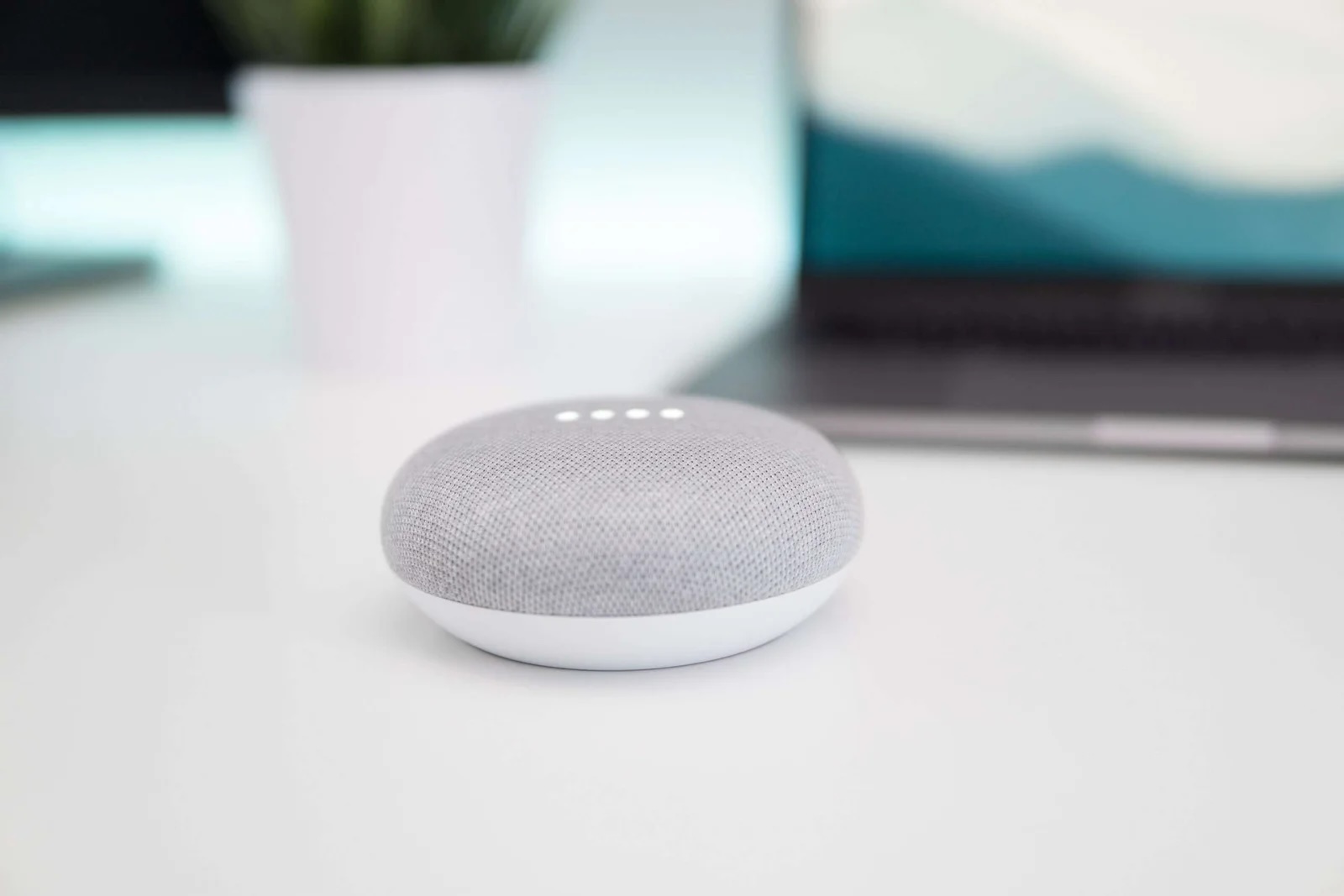

Child & Elderly Safety at Home
How To Use Google Home As A Baby Monitor
Modified: August 16, 2024
Learn how to use Google Home as a baby monitor for enhanced child and elderly safety at home. Easy setup and monitoring for added peace of mind.
(Many of the links in this article redirect to a specific reviewed product. Your purchase of these products through affiliate links helps to generate commission for Storables.com, at no extra cost. Learn more)
Introduction
Welcome to the era of smart parenting! As technology continues to revolutionize various aspects of our lives, it has also made its way into the realm of child safety and care. One of the most innovative applications of smart home devices is the utilization of Google Home as a baby monitor. This cutting-edge approach offers parents an unprecedented level of convenience, flexibility, and peace of mind.
In the past, traditional baby monitors were the go-to solution for keeping an eye (and ear) on our little ones. However, with the advent of smart home technology, the capabilities of baby monitoring have been redefined. By harnessing the power of Google Home, parents can now leverage a range of features to ensure the safety and well-being of their babies, all while enjoying the convenience of modern connectivity.
In this comprehensive guide, we will delve into the intricacies of setting up and using Google Home as a baby monitor. From the initial setup process to practical tips for optimizing its functionality, this article aims to equip you with the knowledge and confidence to embrace this innovative approach to baby monitoring. So, let's embark on this journey to discover how Google Home can elevate the safety and security of your little one!
Key Takeaways:
- Embrace modern parenting with Google Home as a baby monitor, offering real-time audio monitoring, customized alerts, and remote accessibility for enhanced caregiving convenience and peace of mind.
- Optimize Google Home’s functionality with mindful positioning, privacy measures, and integrated routines to maximize the benefits of this innovative approach to baby monitoring.
Read more: How To Use A Baby Monitor
Setting up Google Home as a Baby Monitor
Before diving into the practicalities of using Google Home as a baby monitor, it is crucial to ensure that the setup process is seamless and optimized for its intended purpose. The following steps will guide you through the setup, enabling you to harness the full potential of Google Home as a reliable baby monitoring system.
Step 1: Acquire Compatible Devices
First and foremost, you will need a Google Home device, such as Google Home Mini or Google Nest Hub, and a compatible smartphone or tablet. Ensure that your Wi-Fi network is stable and covers the areas where you intend to use the baby monitor.
Step 2: Install the Google Home App
Download and install the Google Home app on your smartphone or tablet. This app serves as the central hub for setting up and managing your Google Home device, including its functionality as a baby monitor.
Step 3: Configure the Google Home Device
Follow the instructions provided with your Google Home device to set it up and connect it to your Wi-Fi network. Once connected, ensure that the device is placed in a central location within the vicinity of your baby’s sleeping area, allowing for optimal audio capture and transmission.
Step 4: Enable Two-Way Communication
If your Google Home device supports two-way communication, such as the ability to transmit your voice to the monitored area, ensure that this feature is enabled and tested for clear audio transmission. This functionality can be invaluable for soothing your baby or providing reassurance when needed.
Step 5: Familiarize Yourself with Voice Commands
Take the time to familiarize yourself with the voice commands and functionalities of Google Home that are relevant to baby monitoring. This includes commands for adjusting volume, activating the microphone, and checking the status of the baby monitor.
By following these steps, you can establish a solid foundation for using Google Home as a baby monitor. With the setup complete, you are now ready to explore the practical aspects of monitoring your baby using this innovative technology.
Using Google Home to Monitor Your Baby
Now that your Google Home device is set up as a baby monitor, let’s explore the practical aspects of utilizing this technology to ensure the safety and well-being of your little one. From monitoring audio cues to leveraging additional features, Google Home offers a range of functionalities that can enhance the monitoring experience.
Real-Time Audio Monitoring
One of the primary functions of Google Home as a baby monitor is real-time audio monitoring. By simply issuing voice commands to your Google Home device, you can activate the microphone and listen to the sounds in your baby’s room. This feature allows you to stay attuned to your baby’s activities, providing reassurance and alerting you to any unusual noises or disturbances.
Customized Alerts and Notifications
Google Home enables you to customize alerts and notifications based on specific sound levels or patterns. This can be particularly useful for detecting crying, fussiness, or other audible cues that may indicate your baby’s needs. By setting up personalized alerts, you can respond promptly to your baby’s signals, fostering a responsive and attentive caregiving environment.
Integration with Smart Home Devices
If you have other smart home devices, such as smart lights or cameras, you can integrate them with Google Home to create a comprehensive monitoring system. For example, you can set up automated routines that adjust the lighting in your baby’s room based on the time of day or in response to certain sounds. This integration adds an extra layer of convenience and control to your baby monitoring setup.
Two-Way Communication
Some Google Home devices support two-way communication, allowing you to speak to your baby from another room or remotely via your smartphone. This feature can be invaluable for soothing your baby, offering comforting words, or providing reassurance without physically entering the room. It fosters a sense of connection and security for both you and your baby.
Remote Monitoring via Mobile App
Utilize the Google Home app on your smartphone or tablet to remotely monitor your baby, even when you are away from home. This feature provides flexibility and peace of mind, enabling you to check in on your baby from anywhere with an internet connection. Whether you’re at work or traveling, you can stay connected to your baby’s environment.
By leveraging these features and functionalities, Google Home empowers parents with a versatile and intuitive baby monitoring solution. The seamless integration of smart technology into childcare enhances the safety, responsiveness, and overall caregiving experience, ushering in a new era of connected parenting.
You can use Google Home as a baby monitor by setting up a smart speaker in the baby’s room and using the “Broadcast” feature on your phone to listen in from another room. Just say “Hey Google, broadcast” followed by your message.
Additional Tips for Using Google Home as a Baby Monitor
As you embark on your journey of using Google Home as a baby monitor, consider incorporating these additional tips to optimize the functionality and effectiveness of this innovative approach to childcare.
- Positioning and Acoustics: Ensure that the placement of your Google Home device optimizes audio capture and transmission. Avoid placing it near sources of ambient noise or electronic interference to maintain clear and reliable monitoring.
- Privacy and Security: Familiarize yourself with the privacy and security settings of your Google Home device and the associated app. Implement any recommended measures to safeguard the integrity of the monitoring system and protect your family’s privacy.
- Regular Testing: Periodically test the functionality of the baby monitor to ensure that it is operating as intended. This includes checking audio quality, connectivity, and the responsiveness of voice commands.
- Establishing Routines: Integrate the use of Google Home as a baby monitor into your daily routines, incorporating it seamlessly into your caregiving practices. Consistency and familiarity can enhance the effectiveness of the monitoring system.
- Voice Recognition and Distinct Commands: Train your Google Home device to recognize distinct voice commands related to baby monitoring. This can minimize confusion and ensure that the device accurately interprets your instructions.
- Emergency Preparedness: Discuss and establish emergency protocols with all caregivers who have access to the baby monitor. Ensure that everyone is aware of how to respond in the event of an emergency or unexpected situation.
- Parental Controls and Childproofing: If applicable, implement parental controls on your Google Home device to restrict access and prevent unintended interactions. Additionally, childproof the area around the device to ensure safety and prevent tampering.
By incorporating these tips into your utilization of Google Home as a baby monitor, you can enhance its functionality, reliability, and integration into your parenting routines. Embracing this innovative technology with a mindful and informed approach can yield significant benefits for both you and your baby.
Conclusion
In the realm of modern parenting, the integration of smart home technology has ushered in a new era of convenience, connectivity, and safety. Google Home, with its versatile features and intuitive capabilities, has emerged as a valuable tool for monitoring and caring for your baby. By harnessing the power of Google Home as a baby monitor, parents can elevate their caregiving experience and ensure the well-being of their little ones with enhanced convenience and peace of mind.
The seamless setup process, coupled with the practical functionalities of real-time audio monitoring, customized alerts, and remote accessibility, empowers parents to stay connected to their baby’s environment and respond promptly to their needs. The integration of smart home devices further enriches the monitoring experience, offering a comprehensive and adaptable solution for modern parenting.
As you embark on this journey of utilizing Google Home as a baby monitor, it is essential to approach it with a mindful and informed perspective. By optimizing the positioning of the device, prioritizing privacy and security, and incorporating it into your daily routines, you can maximize the benefits of this innovative approach to baby monitoring.
Ultimately, the utilization of Google Home as a baby monitor reflects the evolving landscape of childcare, where technology seamlessly integrates with caregiving practices. This synergy fosters a nurturing and responsive environment, enabling parents to stay attuned to their baby’s needs while embracing the advantages of modern connectivity.
With a commitment to leveraging technology for the betterment of childcare, the use of Google Home as a baby monitor exemplifies the potential for smart home devices to enhance the safety, security, and connectedness of parenting. As you embark on this journey, may it empower you to embrace the joys of parenthood with added confidence and convenience, knowing that your little one is always within earshot, thanks to the innovative capabilities of Google Home.
Now that you're up to speed on transforming your Google Home into a baby monitor, why stop there? Dive deeper into the capabilities of this versatile device with our feature on what Google Home is designed to do. For those inspired to further enhance their living space, don't miss our comprehensive list of the top picks for home automation coming next year. Both guides are packed with actionable advice and insights to make your home smarter and your life easier.
Frequently Asked Questions about How To Use Google Home As A Baby Monitor
Was this page helpful?
At Storables.com, we guarantee accurate and reliable information. Our content, validated by Expert Board Contributors, is crafted following stringent Editorial Policies. We're committed to providing you with well-researched, expert-backed insights for all your informational needs.

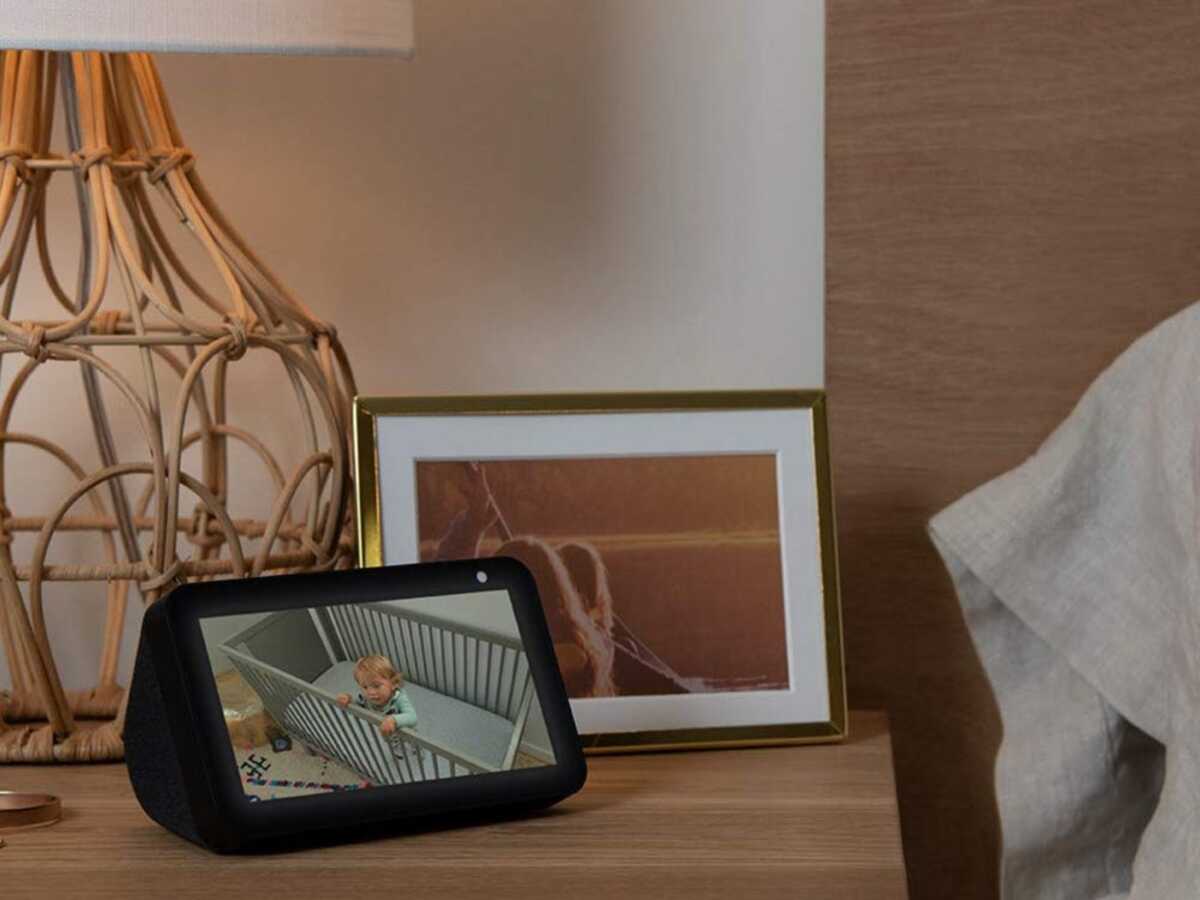
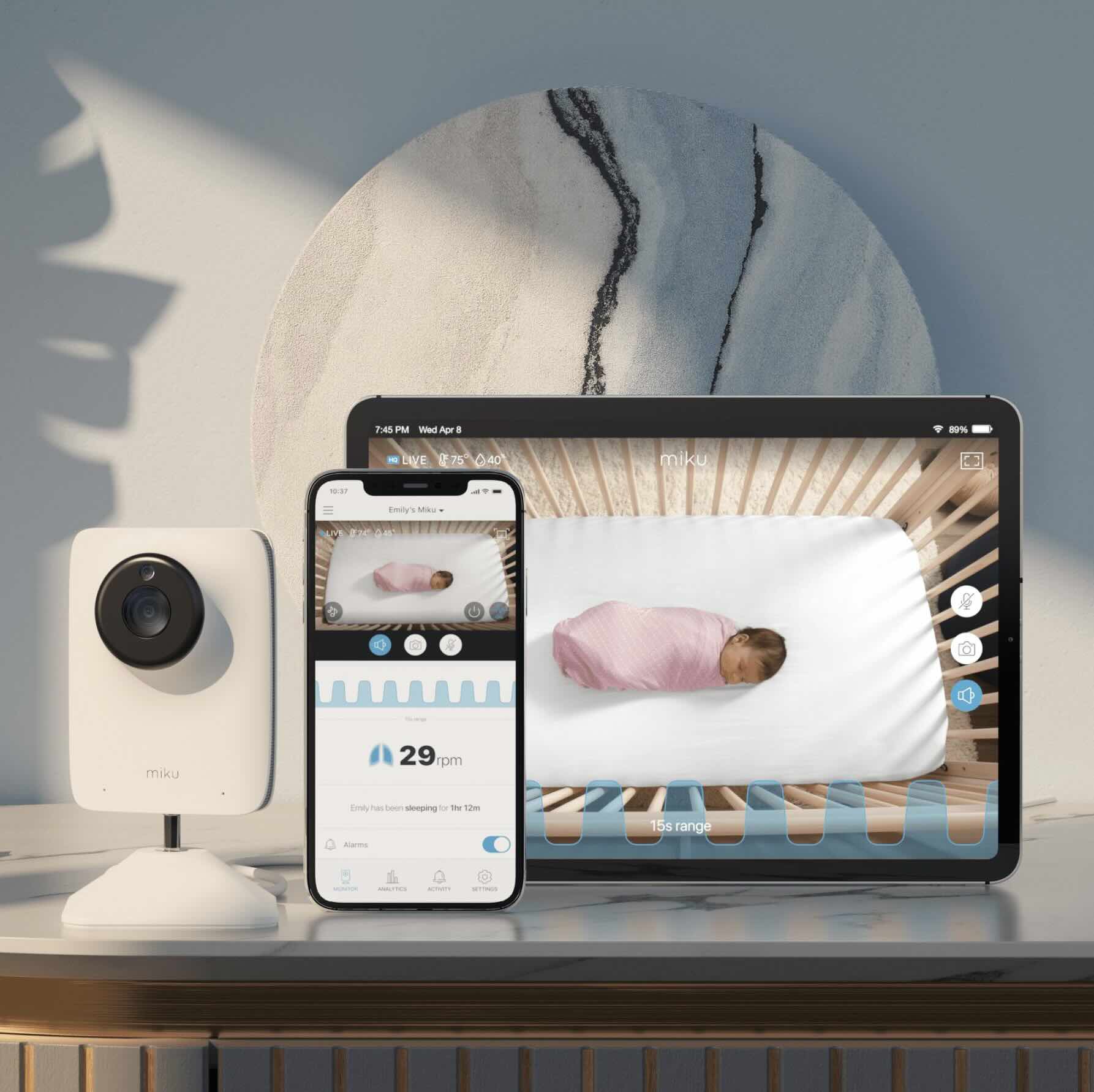
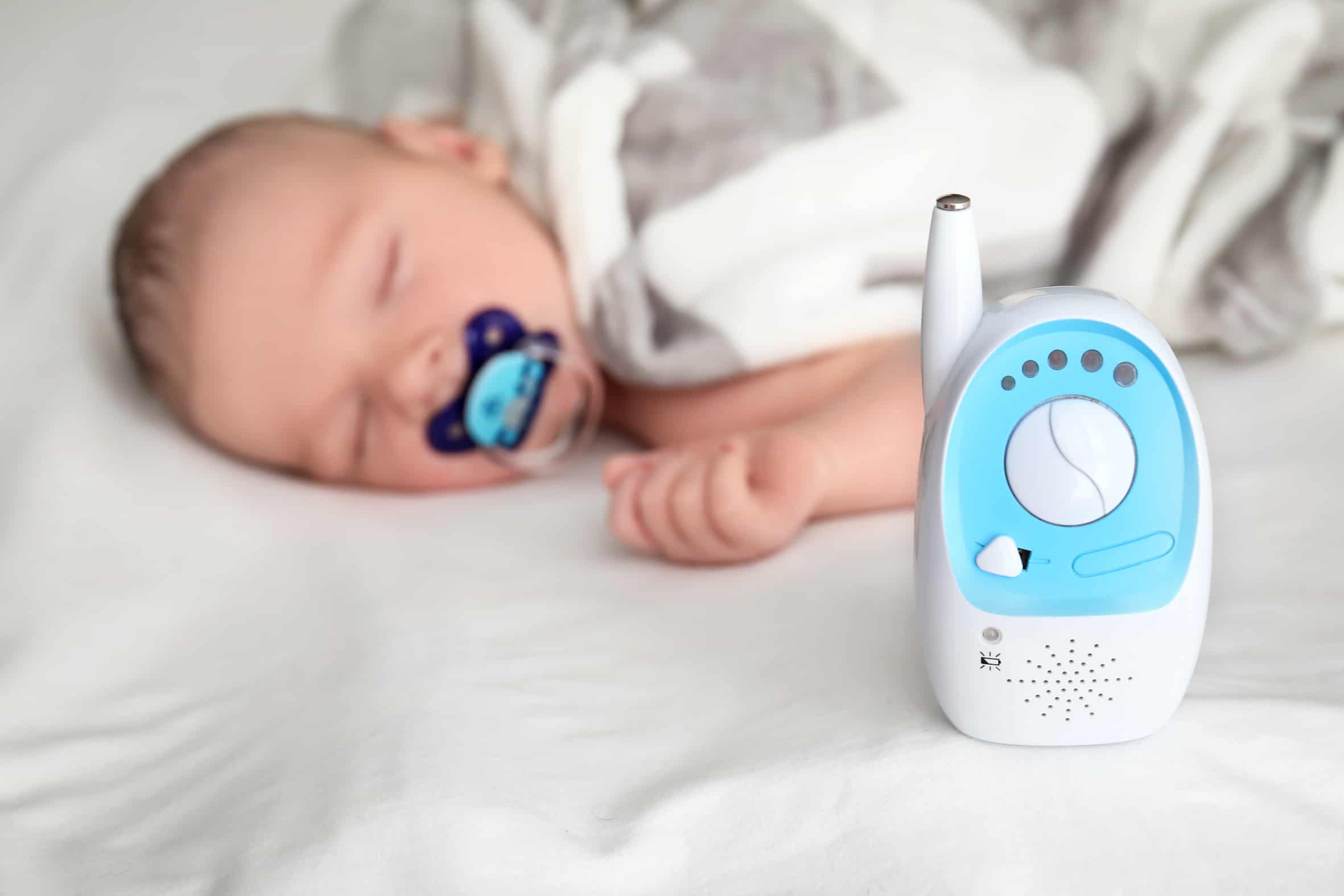
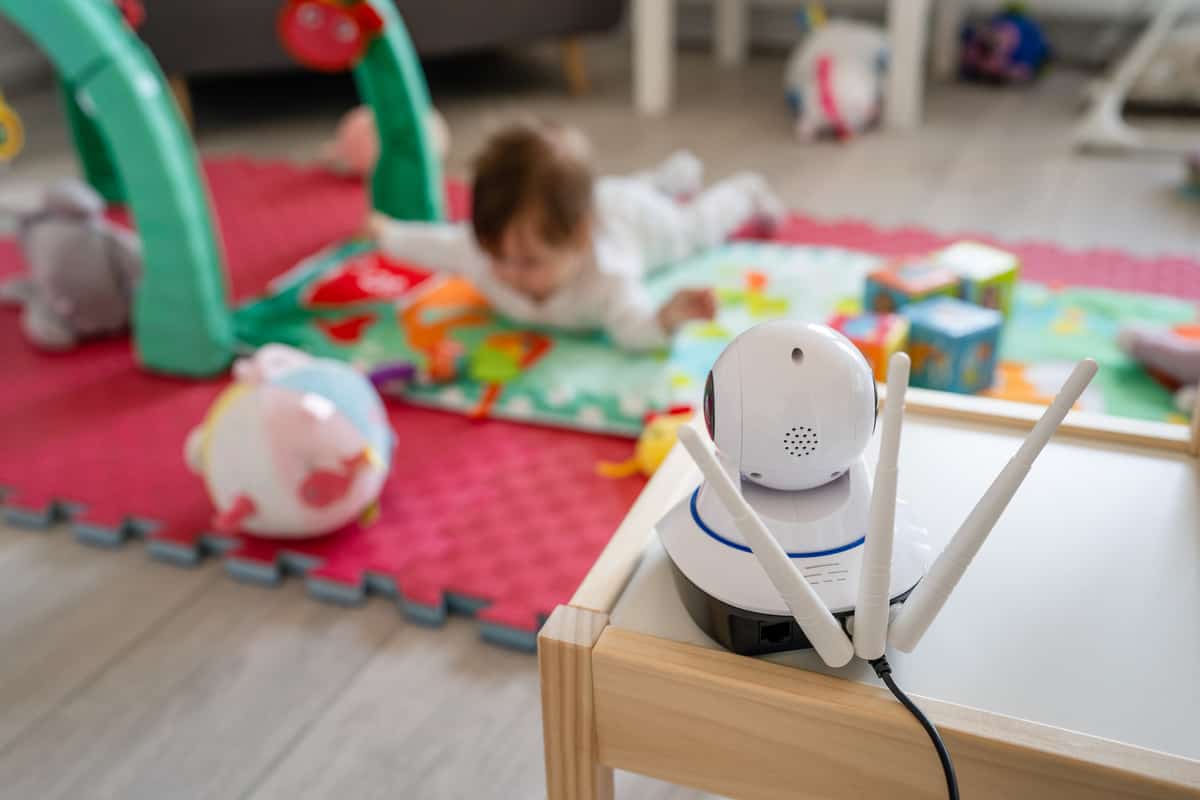
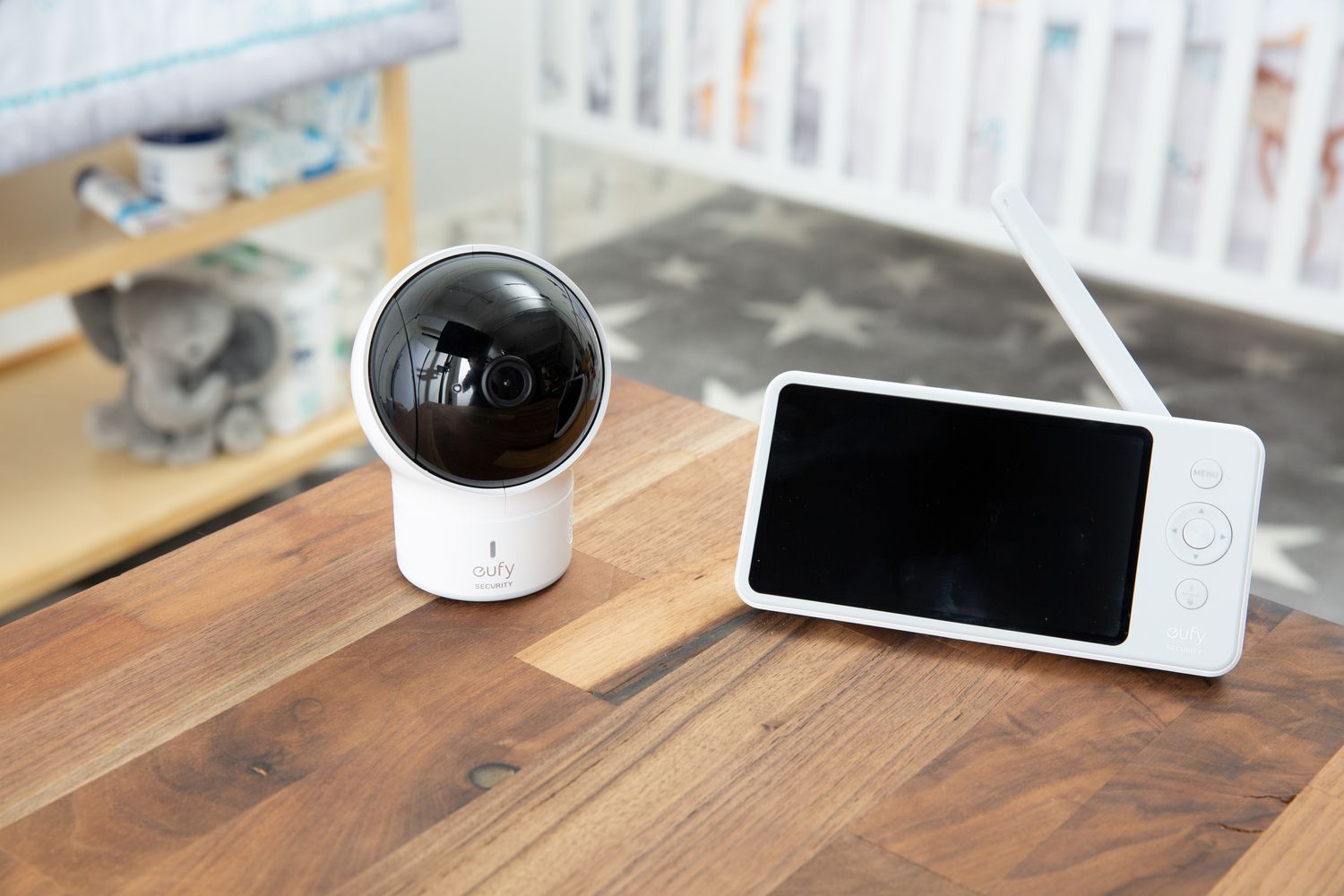
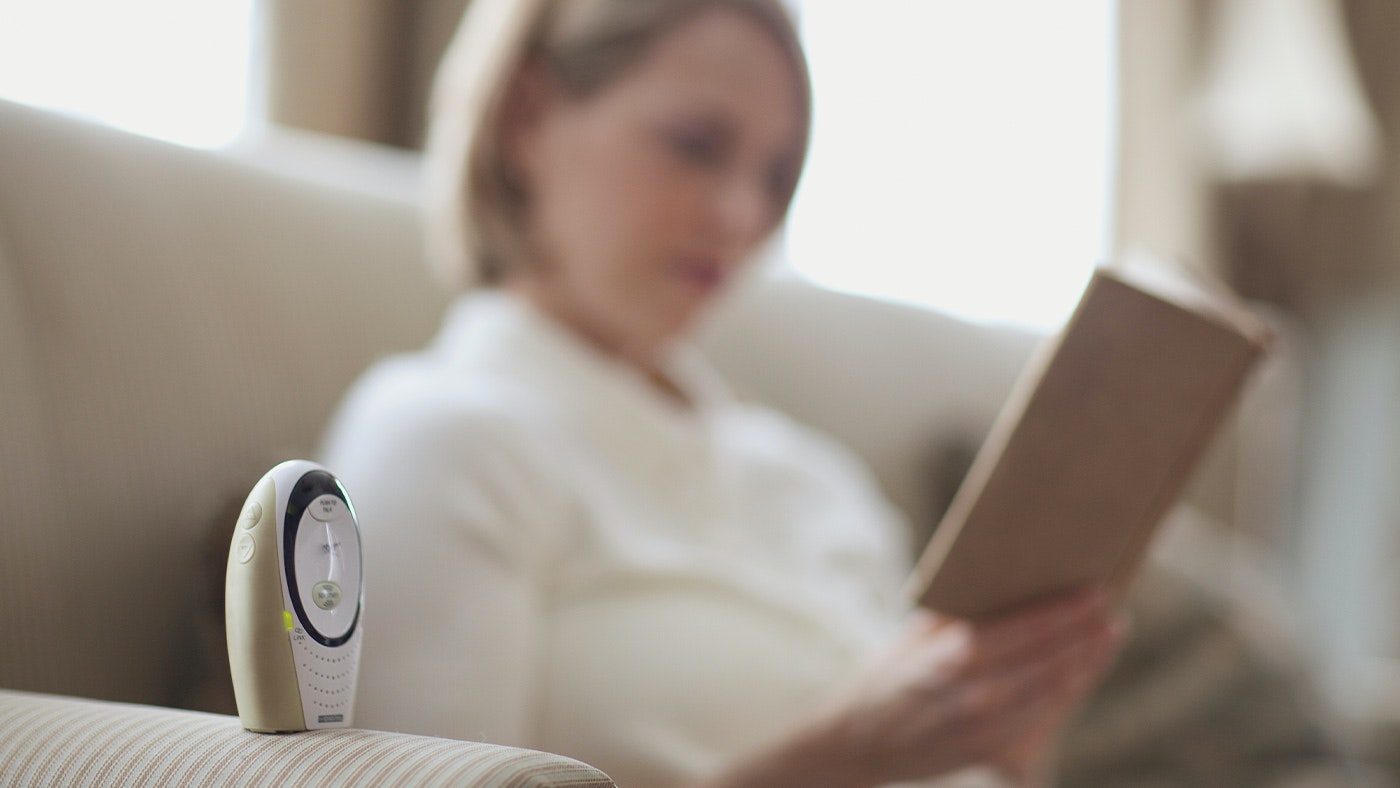
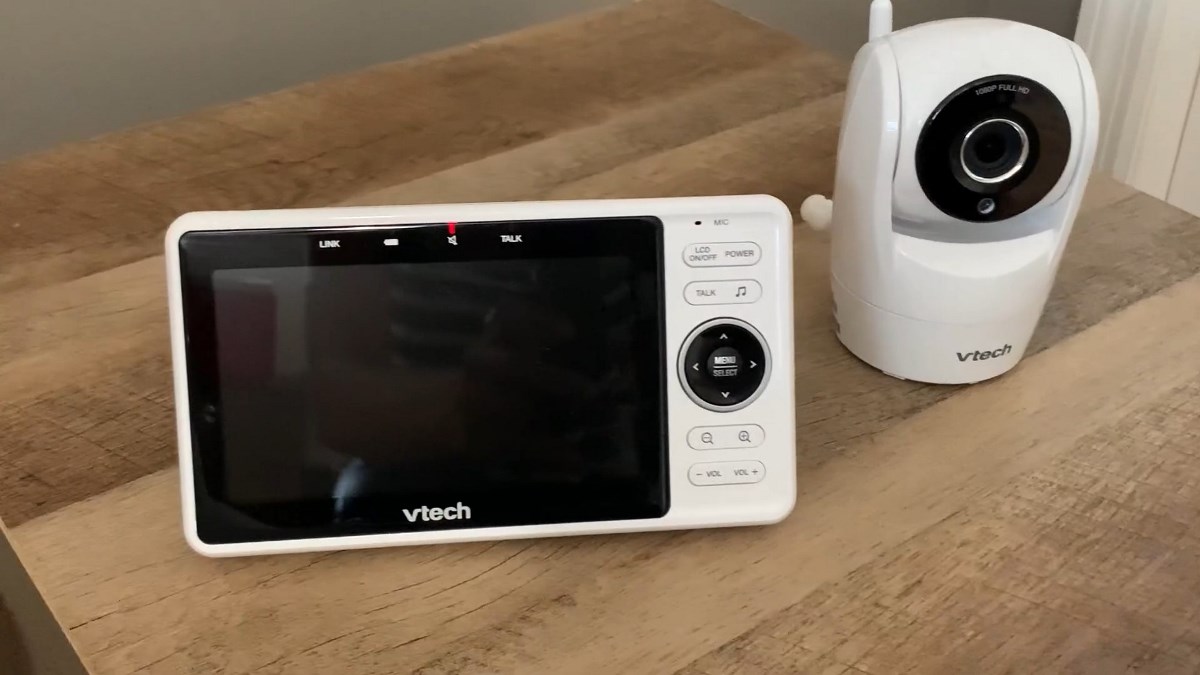
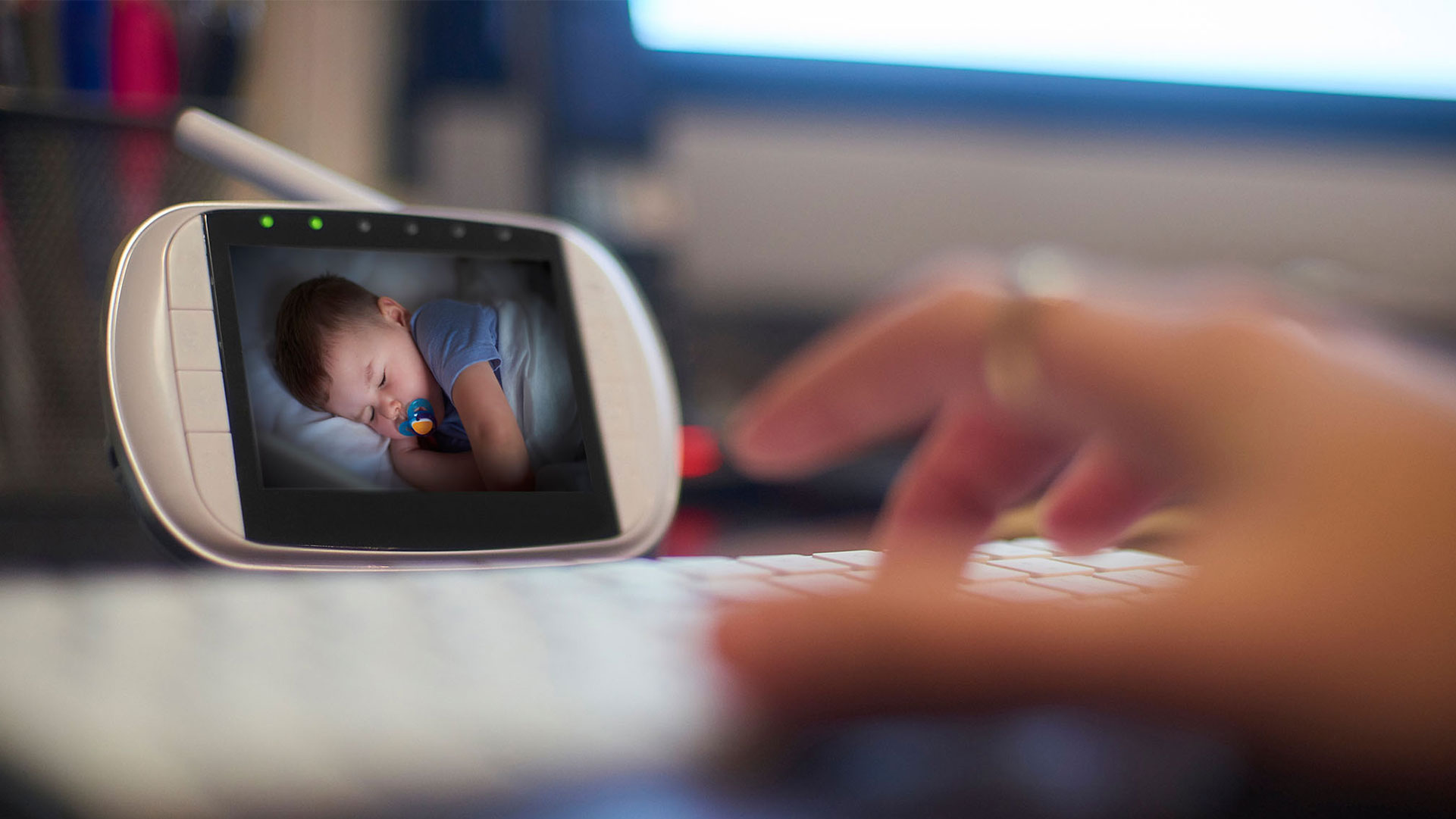
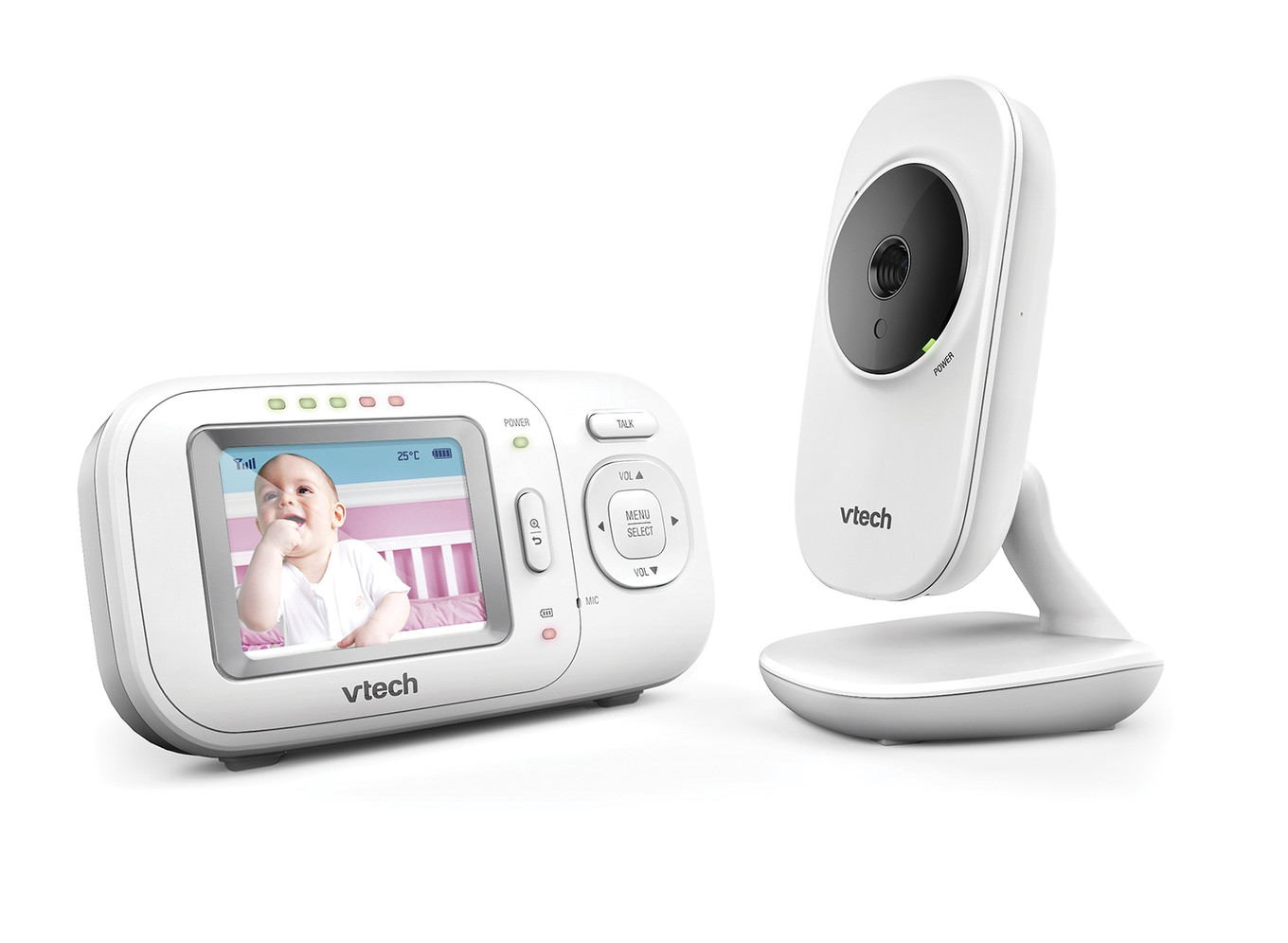
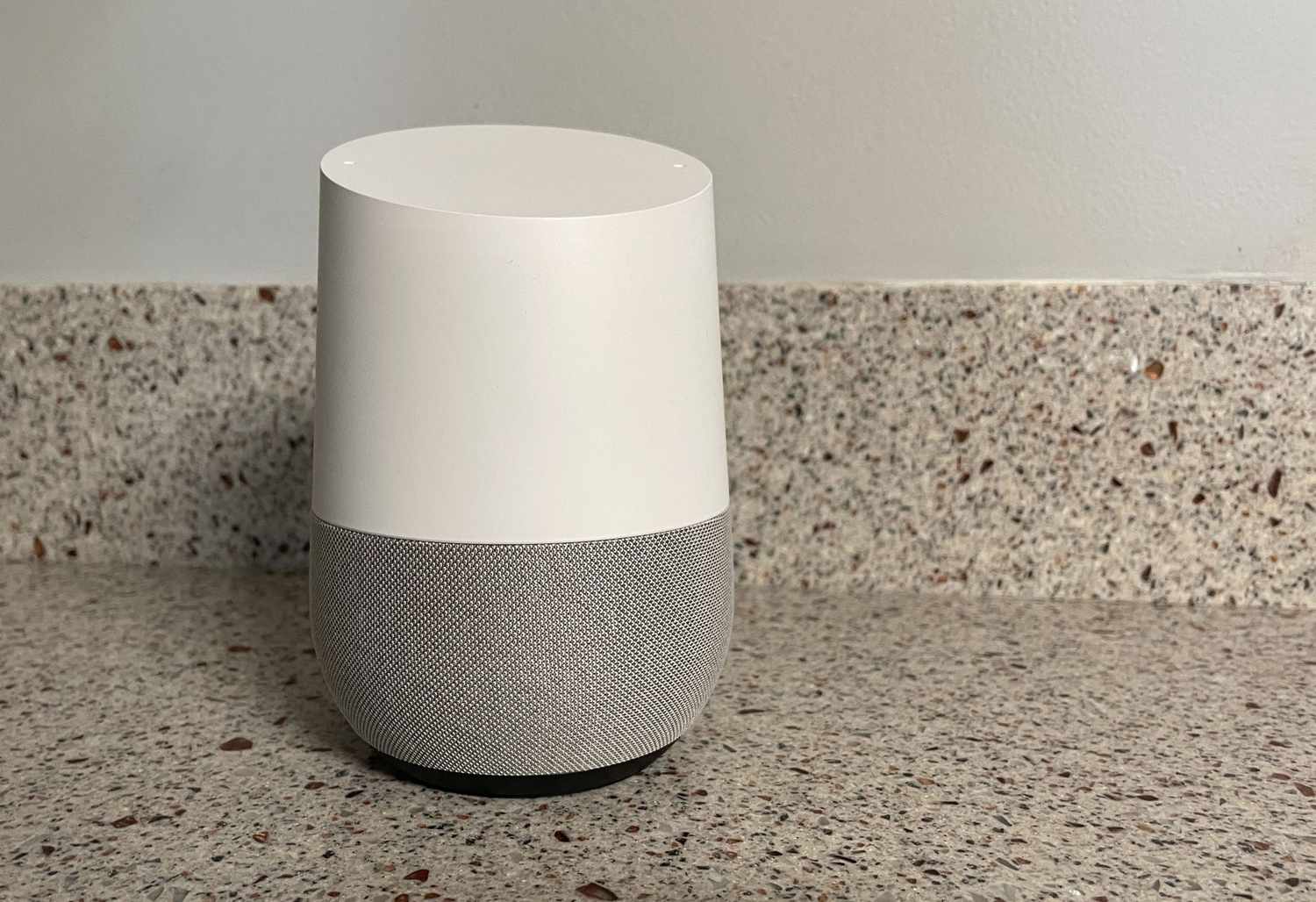
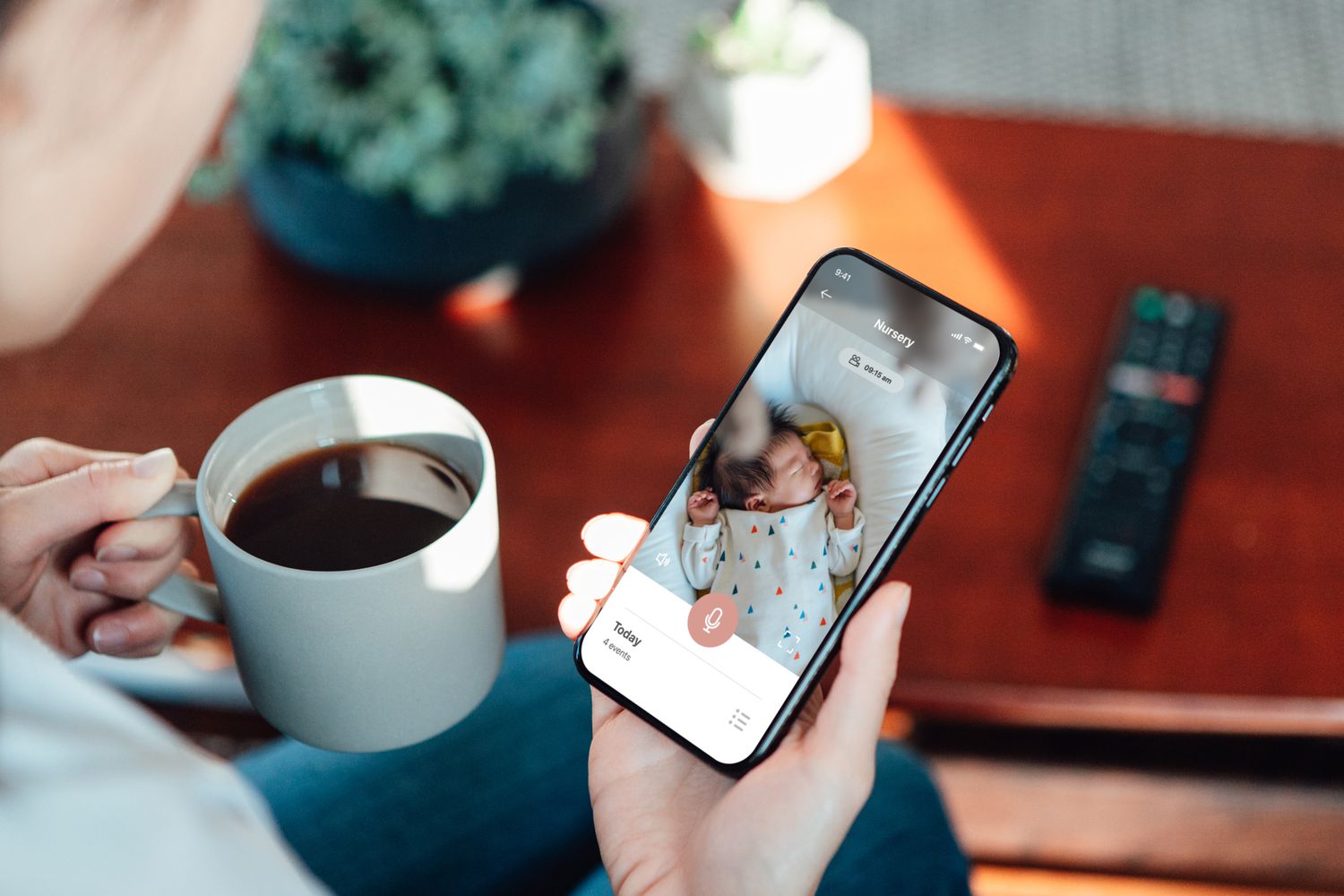

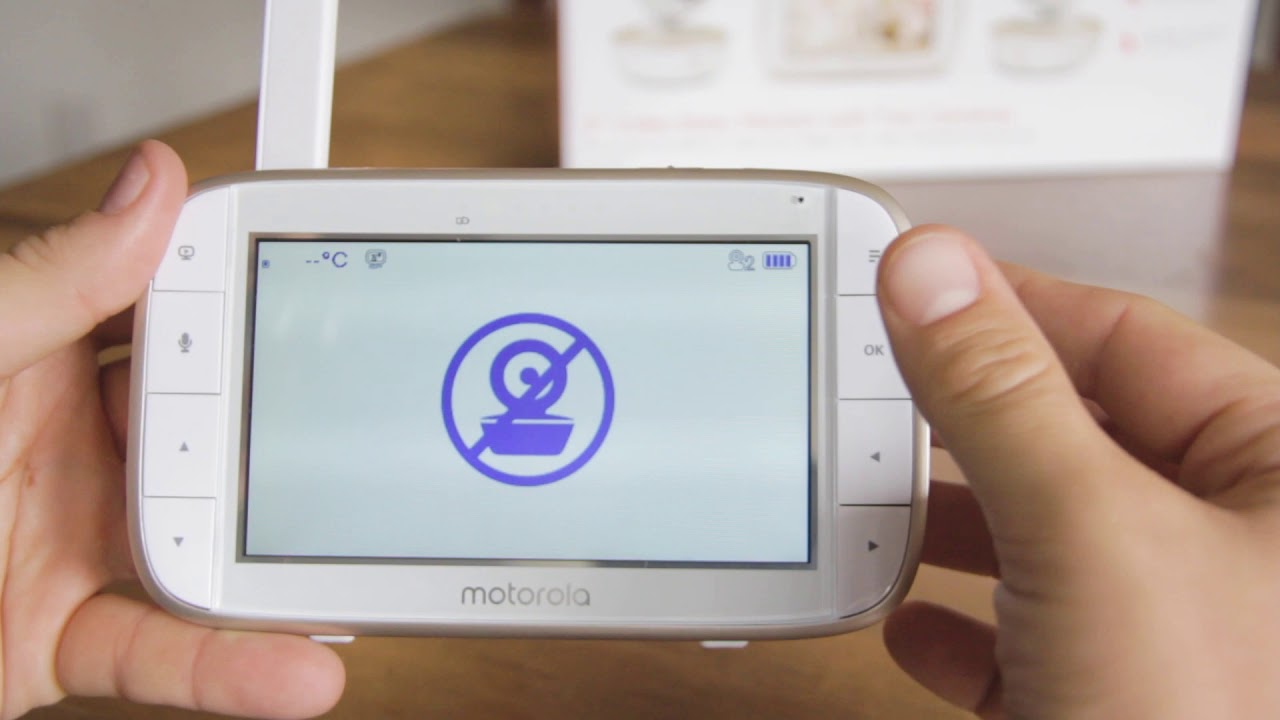
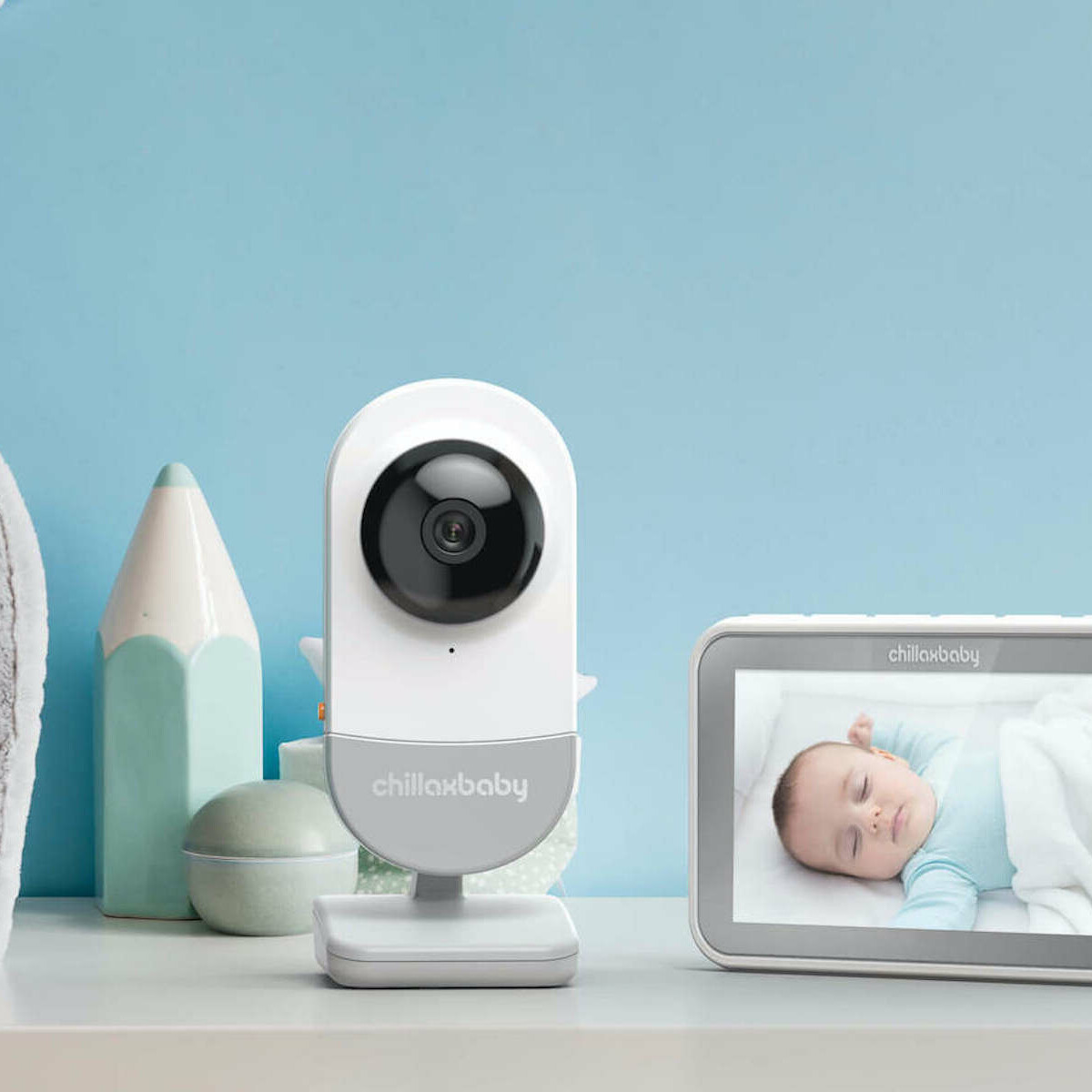

0 thoughts on “How To Use Google Home As A Baby Monitor”